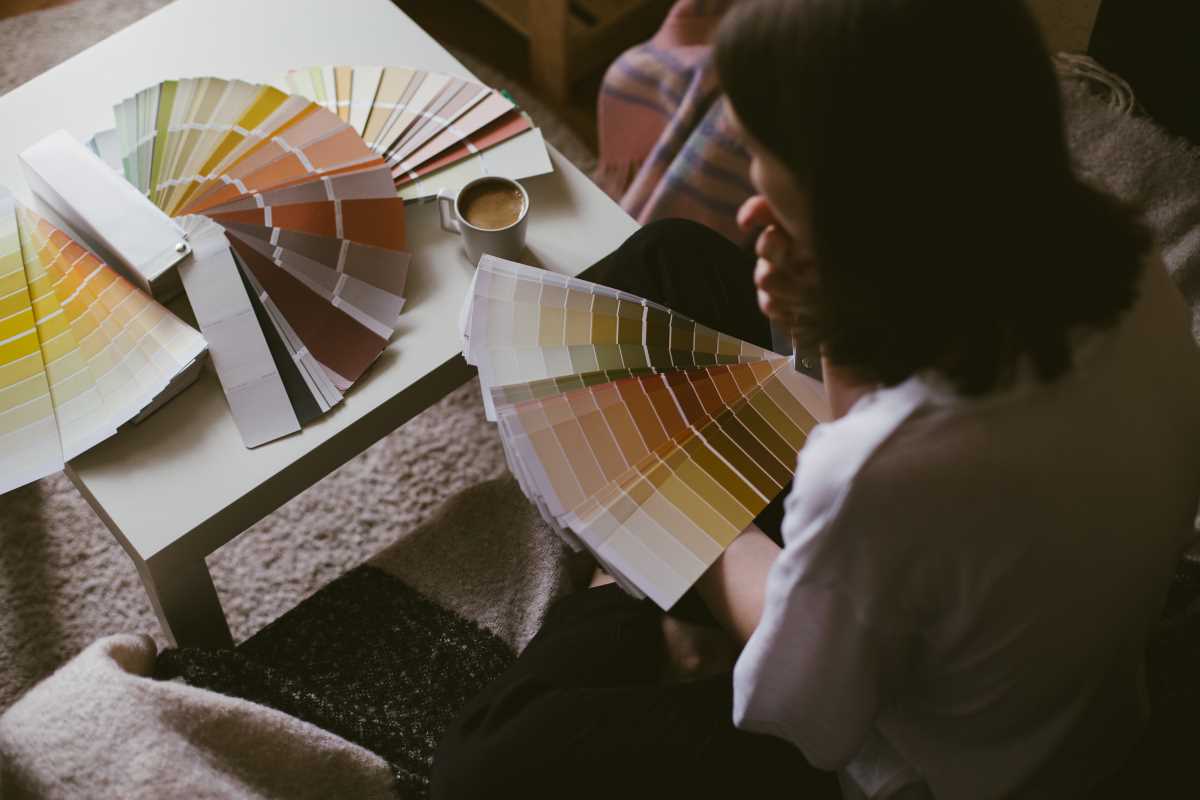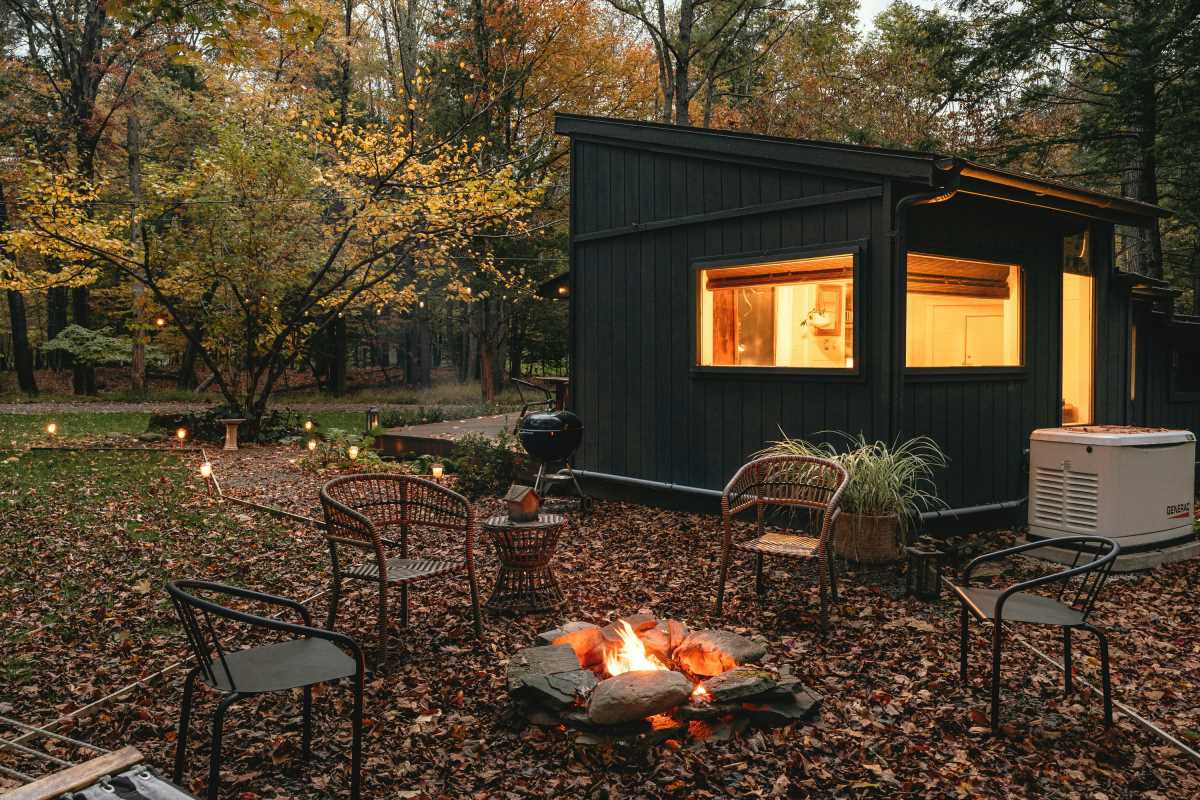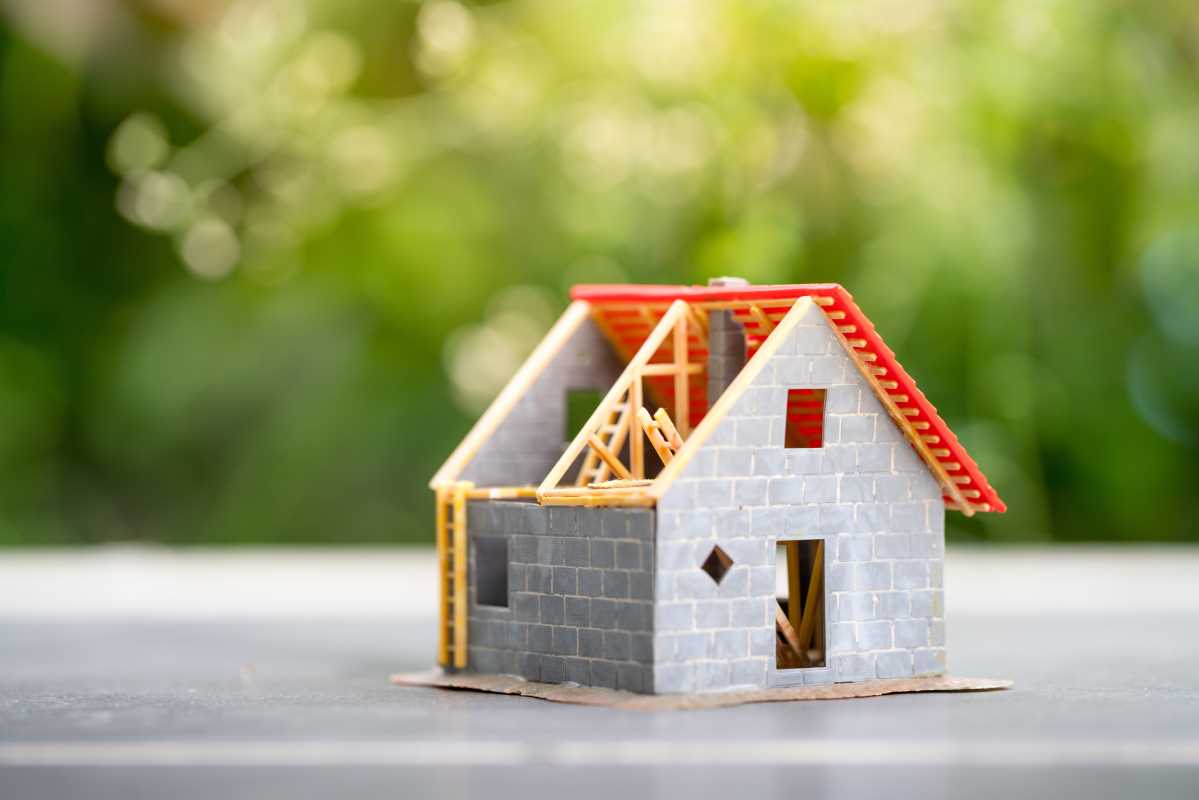Composting is a fantastic way to reduce waste and create nutrient-rich soil for your garden. If you're interested in starting your own composting system at home, here are some tips to help you get started and ensure a successful process.
Selecting the Right Location
To begin your composting journey, it's essential to choose the right location for your compost bin or pile. Select an area that is easily accessible, receives adequate sunlight, and is well-drained. Keep in mind that your compost pile should be located away from structures and property lines. This way, you can ensure proper aeration and prevent any potential odors from becoming an issue.
Choosing the Right Materials
When it comes to composting, the key is to strike a balance between green (nitrogen-rich) and brown (carbon-rich) materials. Green materials include items like food scraps, grass clippings, and coffee grounds, while brown materials include things like dry leaves, straw, and shredded paper. By mixing these materials in the right proportions, you can create a healthy compost pile that decomposes efficiently.
Maintaining the Right Balance
To ensure that your compost pile breaks down effectively, it's crucial to maintain the right balance of moisture, air, and temperature. Your compost pile should feel like a damp sponge—not too dry and not too wet. Turning the pile regularly will help aerate it, promoting the decomposition process. Additionally, monitoring the temperature of your compost pile can give you insights into how well it's functioning. A temperature between 110-160°F (43-71°C) indicates that the compost is decomposing correctly.
Understanding the Composting Process
Composting is a natural process that involves the breakdown of organic matter by microorganisms. As these microorganisms feed on the organic matter in your compost pile, they generate heat, which accelerates the decomposition process. Over time, the materials in your compost pile will break down into a dark, crumbly substance known as humus—a nutrient-rich soil amendment that can be added to your garden beds to improve soil health.
Troubleshooting Common Issues
While composting is a relatively straightforward process, you may encounter some common issues along the way. Foul odors in your compost pile are often a sign of excess moisture or inadequate aeration, while a slimy texture can indicate that the pile is too wet. By adjusting the moisture levels and aerating your compost pile more frequently, you can address these issues and get your compost pile back on track.
Using Your Finished Compost
Once your compost is dark, crumbly, and earthy-smelling, it's ready to be used in your garden. Spread the finished compost in your garden beds to enrich the soil and promote healthy plant growth. You can also mix it with potting soil to create a nutrient-rich growing medium for houseplants or container gardens. By incorporating compost into your gardening routine, you can reduce waste, support sustainable practices, and cultivate thriving plants.
These tips for creating an effective home composting system will help you get started on your composting journey and make the most of your organic waste. With a little effort and attention to detail, you can turn your food scraps and yard waste into a valuable resource for your garden while reducing your environmental footprint. Happy composting!
 (Image via
(Image via





